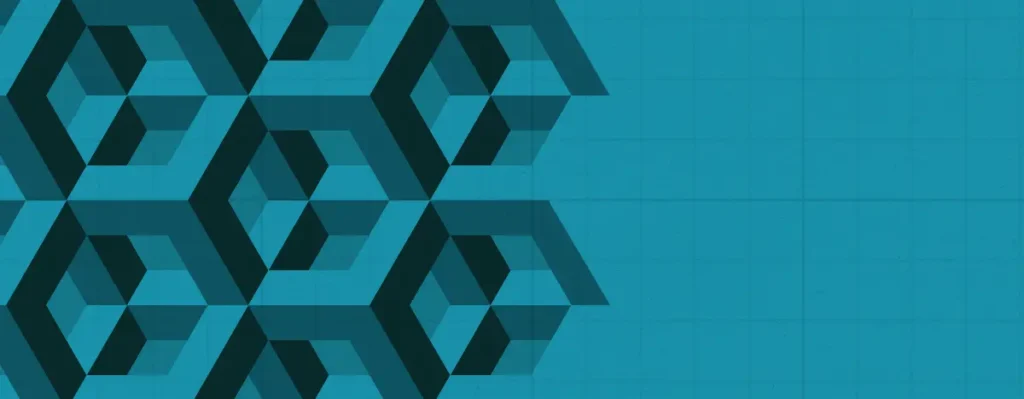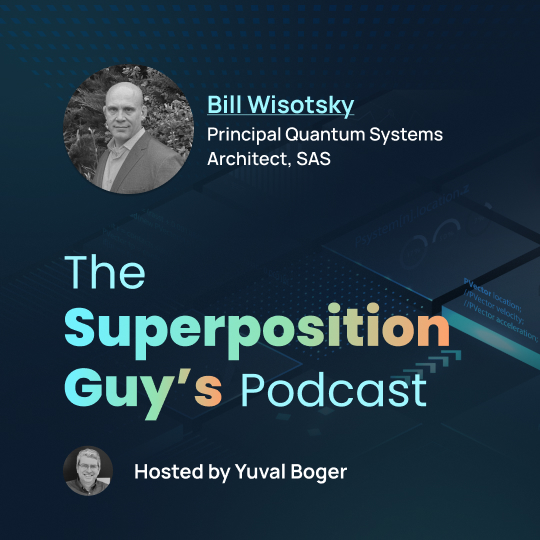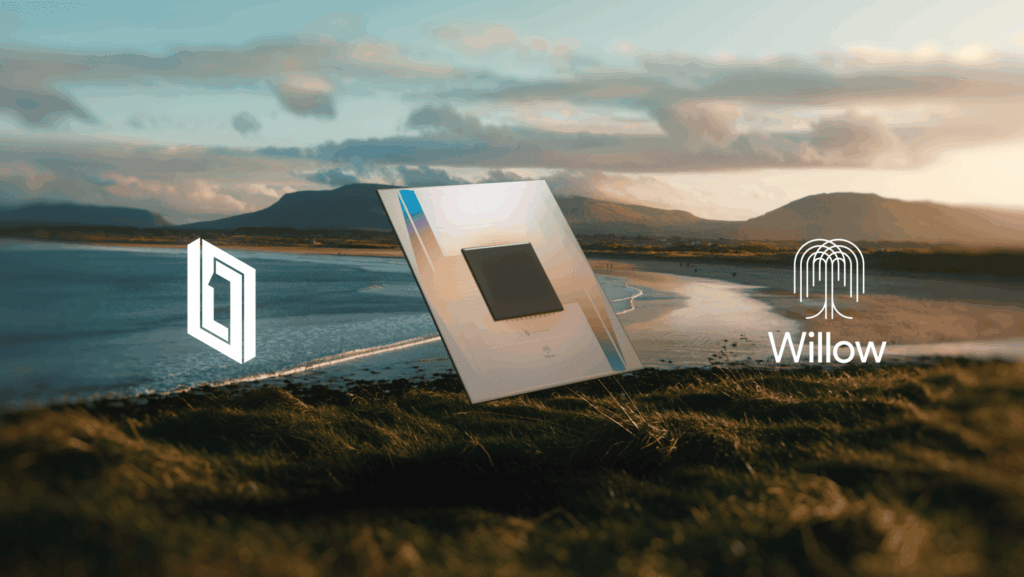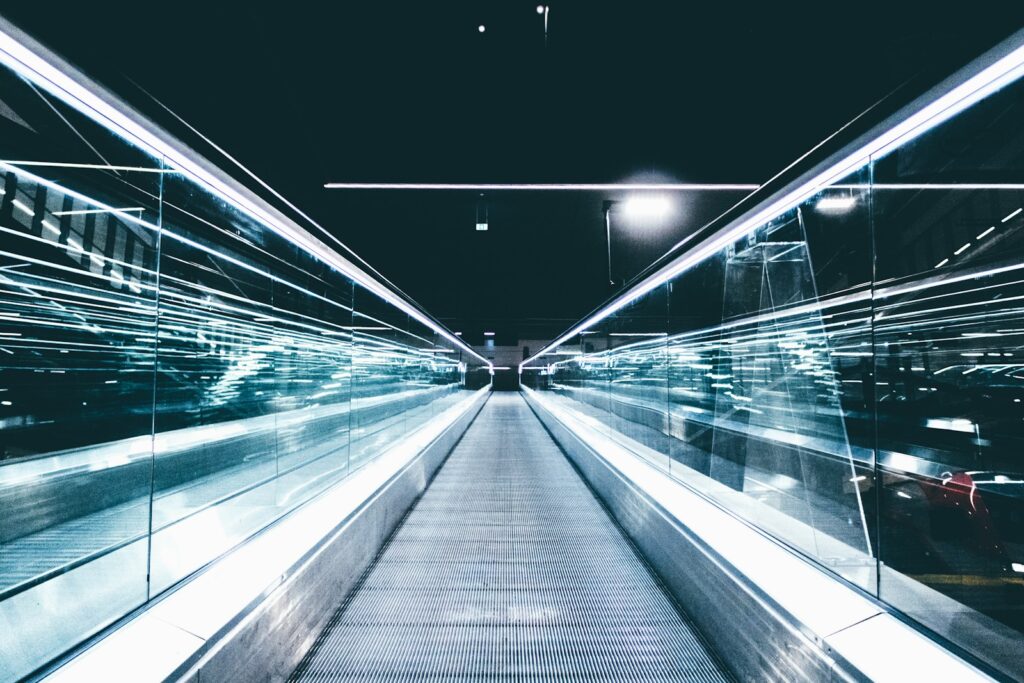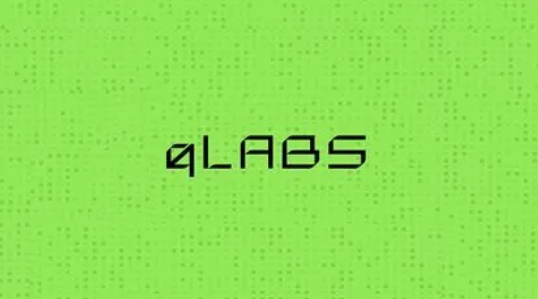Insider Brief
- Johns Hopkins researchers developed a new framework to more accurately characterize how quantum noise spreads across quantum systems.
- The method uses root space decomposition to simplify how noise impacts system states, enabling clearer classification of noise types.
- This insight supports future advances in quantum error correction, hardware design, and noise-aware quantum algorithms.
PRESS RELEASE — Researchers at the Johns Hopkins Applied Physics Laboratory (APL) and Johns Hopkins University have reported new progress in understanding quantum noise – one of the biggest barriers to making quantum computers reliable. Their peer-reviewed study, published in Physical Review Letters, introduces a more realistic way to analyze how noise spreads through quantum systems.
Quantum devices are extremely sensitive. Noise can come from everyday environmental factors — heat fluctuations, vibration, electrical interference — as well as quantum-level effects like spins and magnetic fields. Understanding how this noise affects algorithms is essential for building error-tolerant hardware, said Gregory Quiroz, senior physicist at APL and associate research professor in Johns Hopkins University’s Department of Physics and Astronomy.
“Today’s models are commonly too simplistic to capture how quantum noise affects computation on real hardware. Our work is trying to bridge that gap.” — said Quiroz.

Using Symmetry to Simplify Quantum Noise Analysis
Most existing noise models look at isolated events, but significant noise often spreads across both time and space within a processor. Capturing that behavior is critical for scalable error correction, Quiroz explained.
To make this problem more manageable, Quiroz and co-author William Watkins used symmetry — a mathematical property that helps simplify complex physical systems. They applied a technique called root space decomposition, previously used in other areas of quantum mechanics but not in noise characterization.
“It gave us insight into the problem in a mathematically compact and beautiful way, and gave us language to describe the problem. In one sense, you could say that our innovative framework is built on this mathematical foundation.”– said Watkins.
The method lets researchers represent the quantum system like a ladder, where each rung is a distinct state. Noise can then be analyzed based on whether it makes the system jump between rungs.
“That allows us to classify noise into two different categories, which tells us how to mitigate it,” Watkins explained. “If it causes the system to move from one rung to another, we can apply one technique; if it doesn’t, we apply another.”
Quiroz said this framework will help advance both quantum hardware design and algorithm development.
“Being able to characterize how noise impacts quantum systems helps us not only design better systems at the physical level but also develop algorithms and software that take quantum noise into account,” he said.
APL’s Quantum Portfolio
Quiroz noted that APL has expertise spanning the spectrum of quantum computing challenges – experimental physics, quantum algorithms, controlling quantum bits, and quantum error correction and taking a noise-centric view of these research areas has been the main driver of the Laboratory’s work.
“Noise is a fundamentally hard problem standing in the way of large-scale quantum processors,” he said. “And APL is equipped with the expertise and ingenuity to solve it.”
“Our wide-ranging quantum noise portfolio includes studying fundamental sources of noise, such as cosmic rays, and developing novel noise characterization and mitigation protocols,” added Kevin Schultz, assistant program manager for Alternative Computing Paradigms in APL’s Research and Exploratory Development Mission Area. “We are very excited about this particular study due to the insight it provides on the impacts of noise on quantum algorithms and error correction, and we plan to pursue the potential research threads it suggests in the future.”











